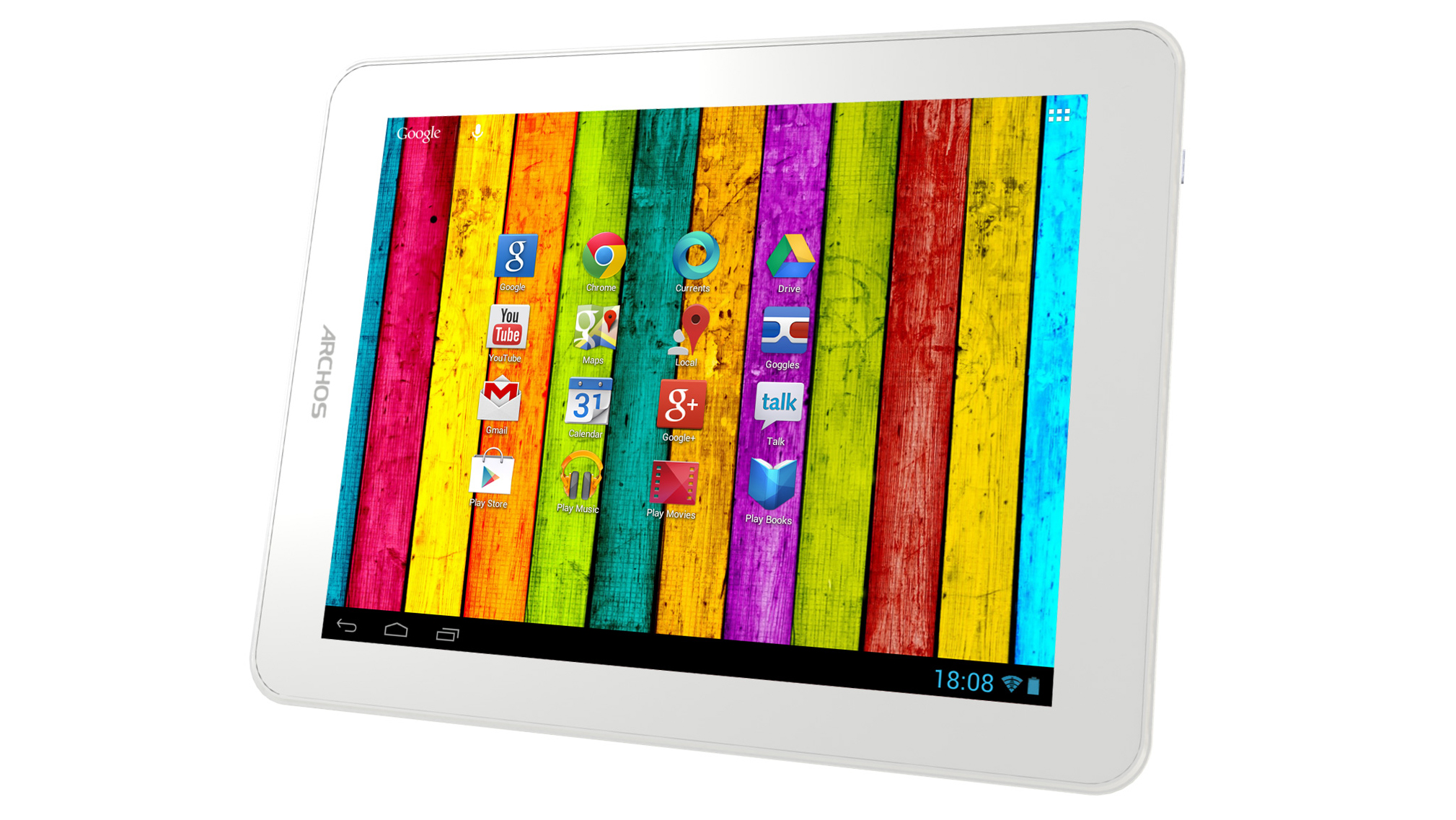Why you can trust TechRadar
Measuring 200 x 154 x 9.9mm (7.9 x 6 x 0.38 inches) and weighing 440g (0.97lbs) - compared to the iPad mini's 308g (0.68lbs) or the 213g (0.47lbs) of the Kindle Paperwhite - the Archos 80 Titanium is nevertheless well sized for its duties.
It is heavier to hold in one hand that we'd ideally like, but it's also got that physical presence and top quality, solid build that's very difficult to find in the budget tablet market. In fact, the Archos 80 Titanium is hugely impressive in this department, and it should last for yonks.
Still, nit-pickers will notice that while the iPad mini's bezel is but a few millimetres on its sides, it's 17mm (0.67 inches) on the Archos 80 Titanium. However, elsewhere the Archos 80 Titanium takes a hefty lead over its pricier rival with a plethora of ins and outs that really stretch its capabilities.
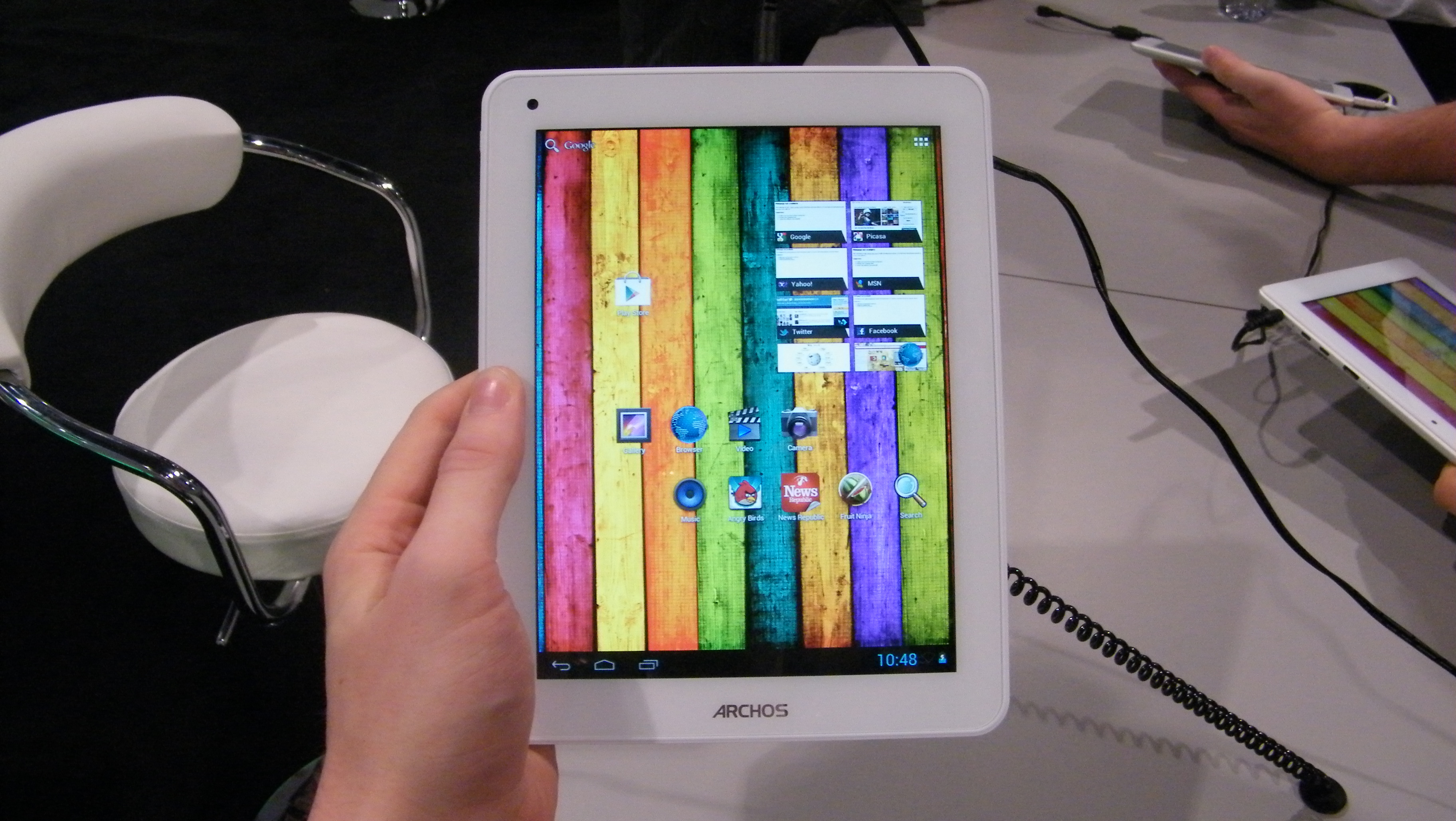
Probably the most significant is its microSDHC card slot, which is capable of taking a maximum 32GB card. Now that's a huge amount of extra storage, and it will only cost you an extra £15 ($20) or so.
There's one reason, right there, why some people are wanting to avoid Apple and its uber expensive pricing with lack of expansion, but there are other reasons, too.
Granted, the iPad mini can theoretically be attached to an HD TV, but it's a messy and expensive process compared to on the Archos 80 Titanium, which includes a standard mini HDMI output for such duties.
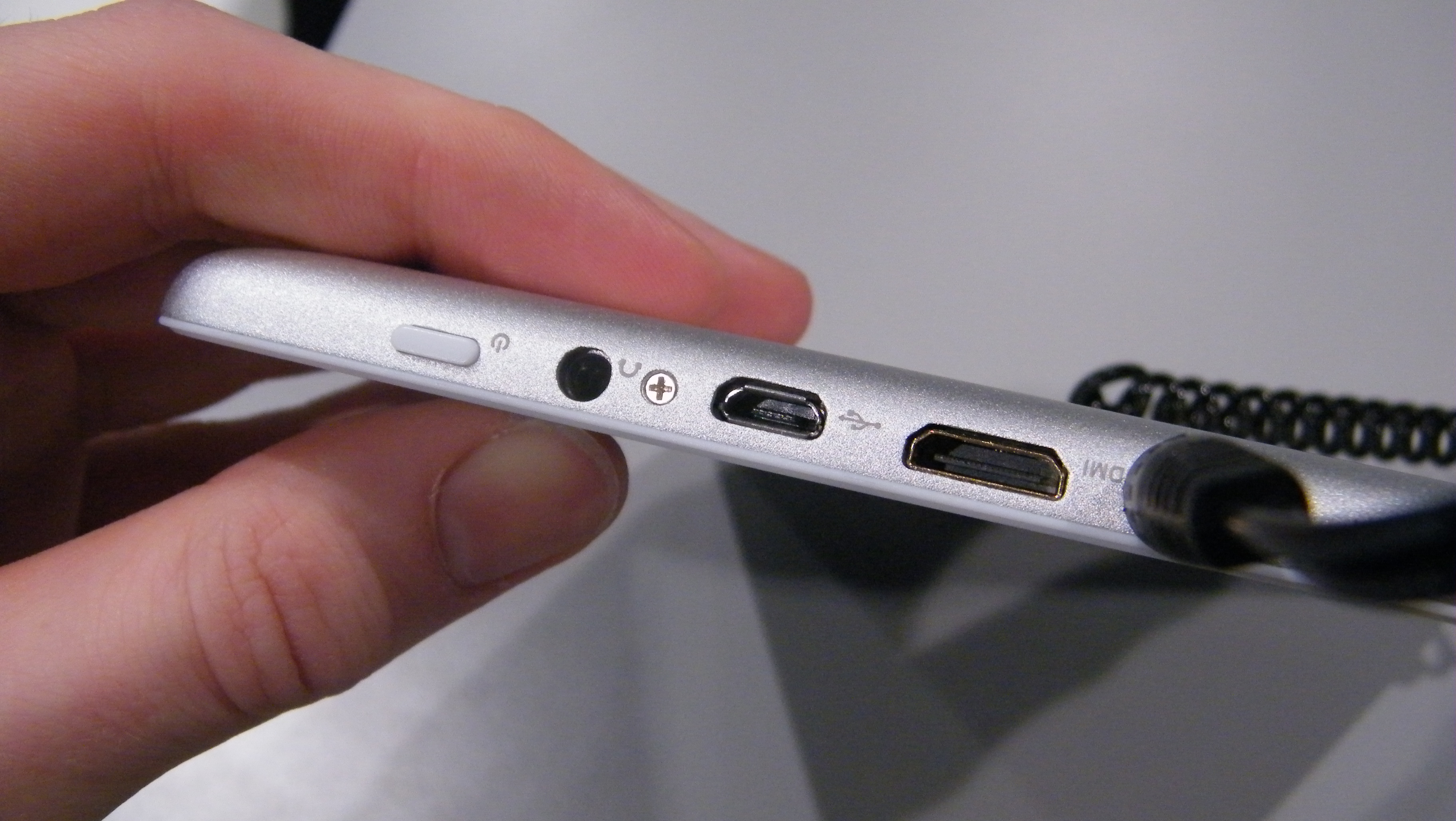
Both of those key connections are on the top of the Archos 80 Titanium when you hold it in portrait orientation, and they're accompanied by a headphones slot, a reset button, a micro USB slot (there's a cable in the box) and a DC input.
The latter means using the proprietary wall charger supplied in the box, which is a huge shame for travellers who have to stow yet another charger in their ever-increasing day sack. Still, that's also the case with the iPad mini, so we shouldn't be too harsh.
One thing we ought to mention is that despite the Archos 80 Titanium's sleek appearance, the machining of these ins and outs isn't the best; there are tiny gaps around housings and no attempt at covers or recessed designs.
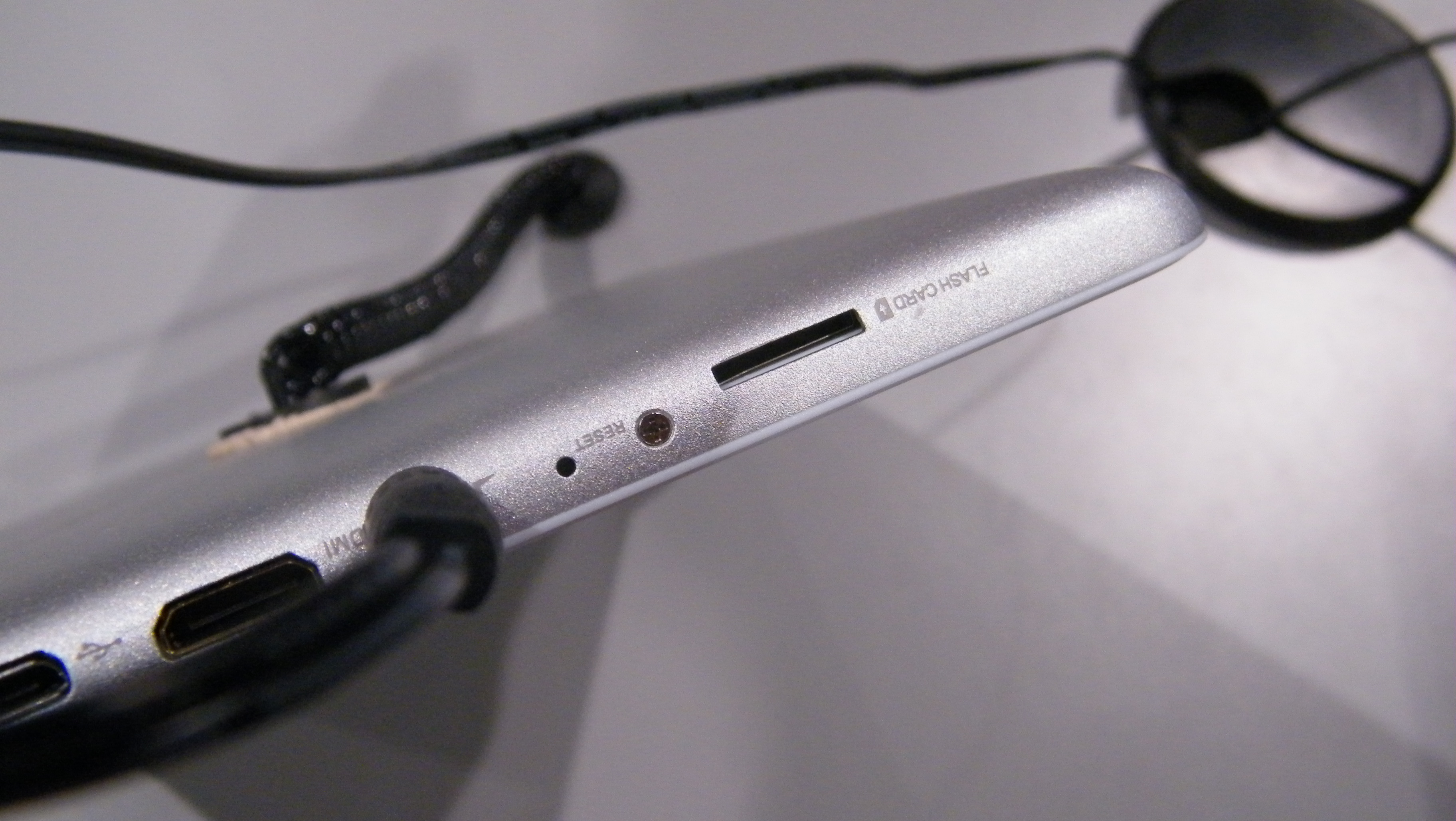
On the left-hand side of the Archos 80 Titanium, still in portrait position, is a volume rocker and something we've not seen on an Android tablet before - a hard-button Home control.
Both are in hard, white plastic, and though the Home button did prove useful at times during our test, it's actually in completely the wrong position for right-handed users, who have to reach over to the other side of the tablet to engage it.
Worse, when the Archos 80 Titanium is in landscape orientation, it's on the bottom.
Where the Archos 80 Titanium compares well to the iPad mini and every other 8-inch tablet we've seen is on screen resolution. While the world waits for an iPad mini Retina or similar, that gadget's 1024 x 768 pixel resolution is standard on its rivals, too, but it's worth briefly considering the maths.
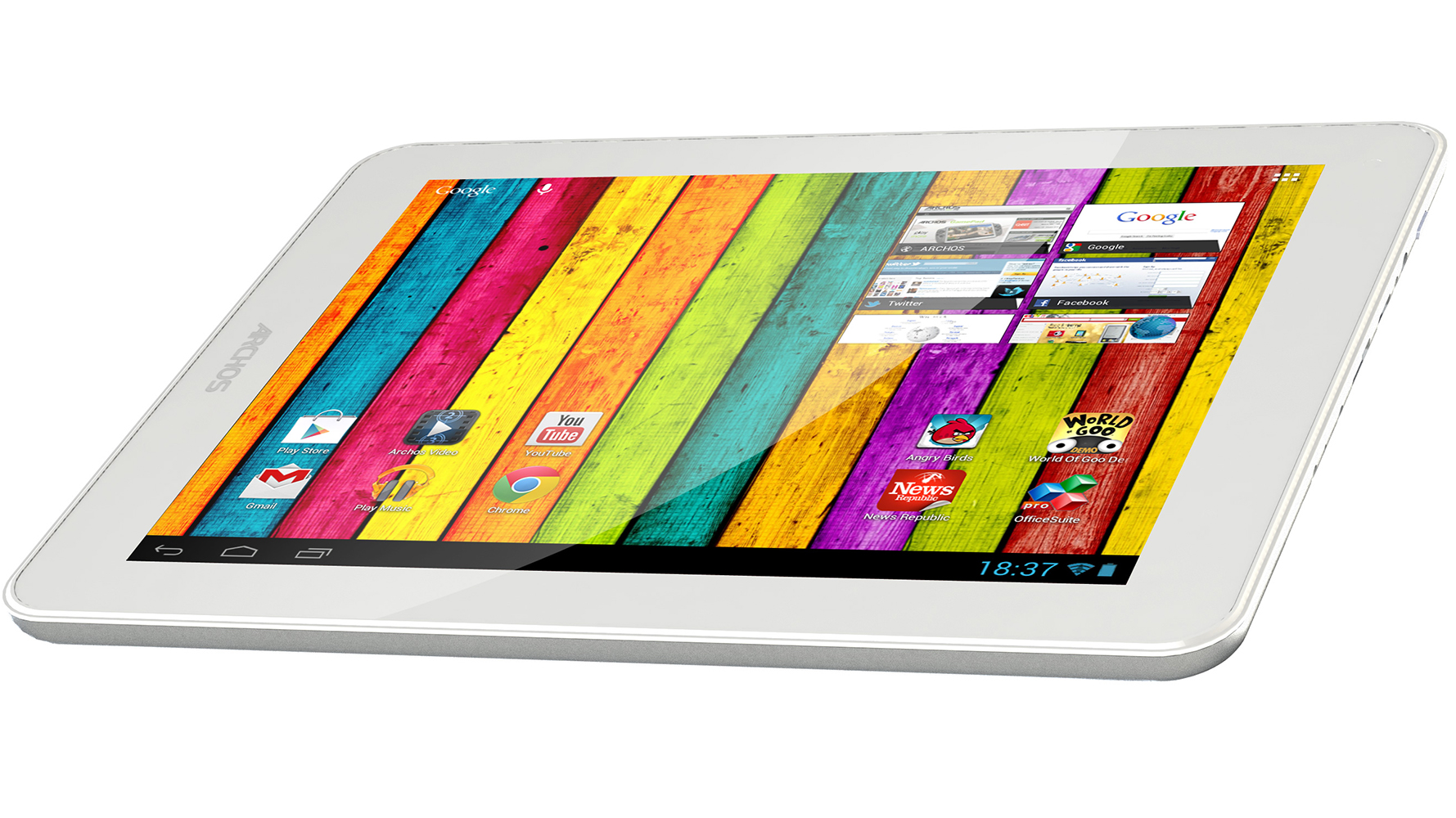
While many smartphones now boast 16:9 screens, even the iPhone 5, the Archos 80 Titanium and all of its rivals have remained with a 4:3 aspect ratio screen.
A capacitive multi-touch LED-backlit LCD screen type, its 4:3 shape isn't perhaps ideal for watching widescreen video, but it is hugely preferable for reading and web browsing, since neither medium has gone widescreen just yet.
The Archos 80 Titanium takes more points from the iPad mini with its processing power. Inside is an ARM Cortex A9 dual-core 1.6GHz processor and 1GB of RAM, which is significantly more powerful than Apple's effort. However, Acer's 8-inch, quad-core Iconia A1 tablet might put the Archos 80 Titanium in its place.
Jamie is a freelance tech, travel and space journalist based in the UK. He’s been writing regularly for Techradar since it was launched in 2008 and also writes regularly for Forbes, The Telegraph, the South China Morning Post, Sky & Telescope and the Sky At Night magazine as well as other Future titles T3, Digital Camera World, All About Space and Space.com. He also edits two of his own websites, TravGear.com and WhenIsTheNextEclipse.com that reflect his obsession with travel gear and solar eclipse travel. He is the author of A Stargazing Program For Beginners (Springer, 2015),
